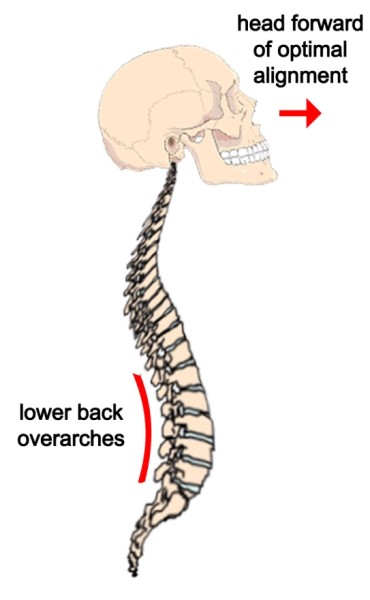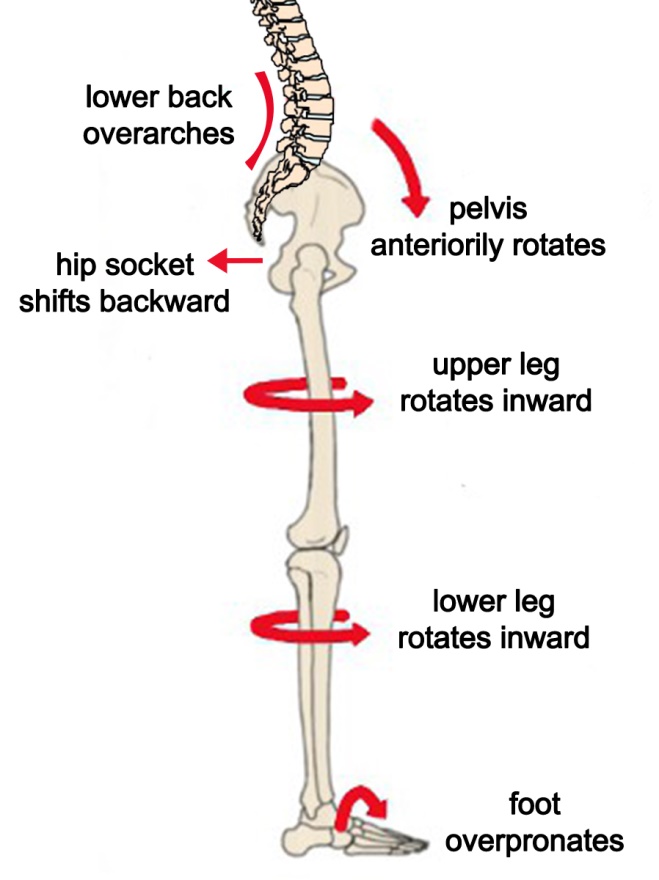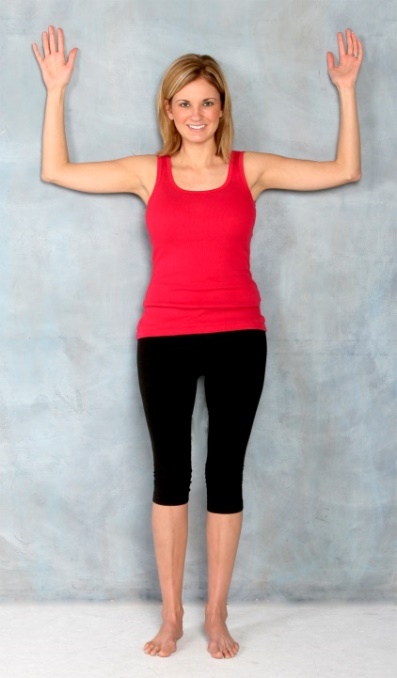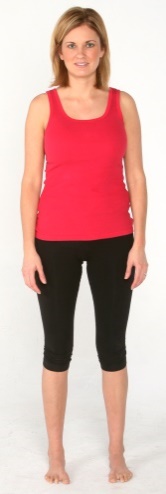Many people take a symptomatic approach to alleviating lower back pain performing massage techniques, stretches and strengthening exercises for their lower back. While this strategy may prove helpful in the short term, a complete and long-term solution lies in understanding and addressing the underlying and often overlooked causes of lower back pain. In this blog you will learn about two of the most overlooked causes of lower back pain and what you can do to get out of pain and back to exercising without limitations.
Causes of Lower Back Pain #1 – A Forward Head
The average weight of the human head is between 9 and 12 pounds, and its position directly affects the alignment of the entire body. When the head is forward of the body, all the structures below it, including the lower back, must adapt to maintain balance and keep the body upright. For every inch forward of its optimal alignment, the weight of the head effectively doubles, placing additional stress on the lower back.1,2 The lower back is particularly susceptible to issues caused by a forward head position because it has a natural curve that is perfectly designed to arch backwards and help pull the torso and head upright. However, when the head is forward of its optimal alignment, the lower back arches more than normal to help support the weight of the head (see figure 1). Over time, this can lead to excessive wear, tear, stress and strain to the lower back causing pain and dysfunction.

Figure 1: Excessive curve in the lower back as a result of a forward head position
Causes of Lower Back Pain #2 – Overpronation
Overpronation, or collapsing of the feet and ankles, can cause musculoskeletal imbalances and problems for the structures of the lower back.4 Overpronation causes the feet and ankles to roll toward the midline of the body, which in turn, rotates the lower legs, knees and upper legs inward. This change in the position of the legs causes the hip sockets to shift backward, the pelvis to drop down and forward, and the lower back overarch (see figure 2).3 Over time, this can cause excessive stress and strain to structures the lower back and be a major underlying cause of pain and dysfunction in this area.

Figure 2: Overpronation affecting the position of the pelvis and lower back
Corrective Exercise Strategies for Addressing Causes of Lower Back Pain
Musculoskeletal imbalances such as a forward head position and overpronation can be corrected with exercises to help alleviate low back discomfort. Your corrective exercise program for addressing either imbalance should begin with a program of self-myofascial release (i.e., self-massage). These types of exercises will help improve the health and flexibility of those soft tissue structures that have become irritated and restricted, and prepare the body for the stretching and strengthening exercises that follow.
Sample Self-Myofascial Release Exercises
Use a Theracane or tennis ball to massage the muscles on the back of the neck and upper back to recondition those structures that have been adversely affected by a forward head position (see figure 3).

Figure 3: (a) Theracane Back of Neck (b) Tennis Ball on Trapezius (c) Tennis Ball Upper Back
A golf ball, tennis ball or cricket ball/baseball can be utilized for self-myofascial release techniques of the feet and calves to address tissues that are negatively impacted by overpronation (see figure 4).

Figure 4: (a) Golf Ball under Foot (b) Calf Massage with Ball
Sample Stretching Exercises
As the health of the muscles and soft tissue structures improves, stretching techniques should then be introduced to increase range of motion of those areas surrounding the head and feet. For example, stretching exercises for the back of the neck, underside of the foot and back of the calf should be implemented (see figure 5).

Figure 5: (a) Neck Extensors Stretch (b) Foot and Toe Stretch (c) Calf Stretch
Sample Strengthening Exercises
Finally, strengthening exercises should be integrated into the program to help retrain the appropriate muscles to help pull the head back (see figure 6) and support the foot to prevent it from collapsing (i.e., overpronating) (see figure 7).

Figure 6: Wave Goodbye Strengthening Exercise
(Pull head and butt back in contact with the wall; tuck chin in; keep shoulder blades back and down; tilt pelvis to flatten lower back flat to the wall; then rotate upper arms back to the wall and hold)

Figure 7: Big Toe Pushdowns Strengthening Exercise
(Raise arches of feet; spread toes and align feet facing forward; lean forward at the ankle and push the big toe down)
Identifying problematic imbalances and resolving these issues with corrective exercise can prevent the underlying causes of lower back pain helping you feel better both in the short and long-term.
Fitness, exercise and health professionals interesting in learning how to assess and correct the underlying causes of their clients aches and pains with corrective exercise can choose to enroll in the industry’s highest-rated Corrective Exercise Specialist certification course from The BioMechanics Method. To learn more about this amazing program click on the image below.
References
1Eriksen, K. 2004. Upper cervical subluxation complex: A review of the chiropractic and medical literature. Philadelphia: Lippincott Williams & Wilkins.
2Louw, D.A. 2007. Human development. 3rd ed. Cape Town, South Africa: ABC Press.
3Price, J., and M. Bratcher. 2018. The BioMechanics Method Corrective Exercise Specialist Certification Program. 2nd Ed. San Diego, CA: The BioMechanics Press.
4Price, J. 2018. The BioMechanics Method for Corrective Exercise. Champaign, IL: Human Kinetics.
